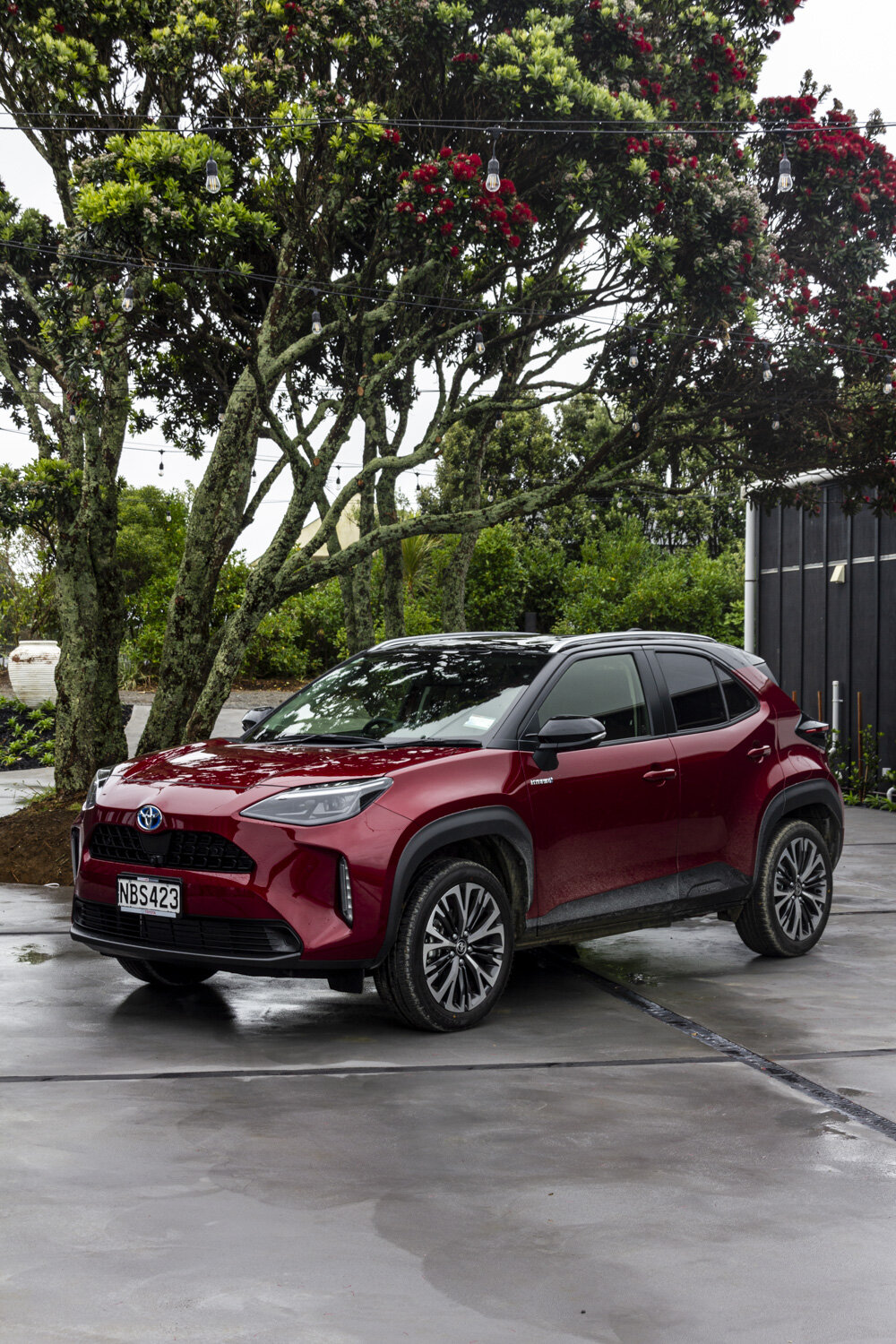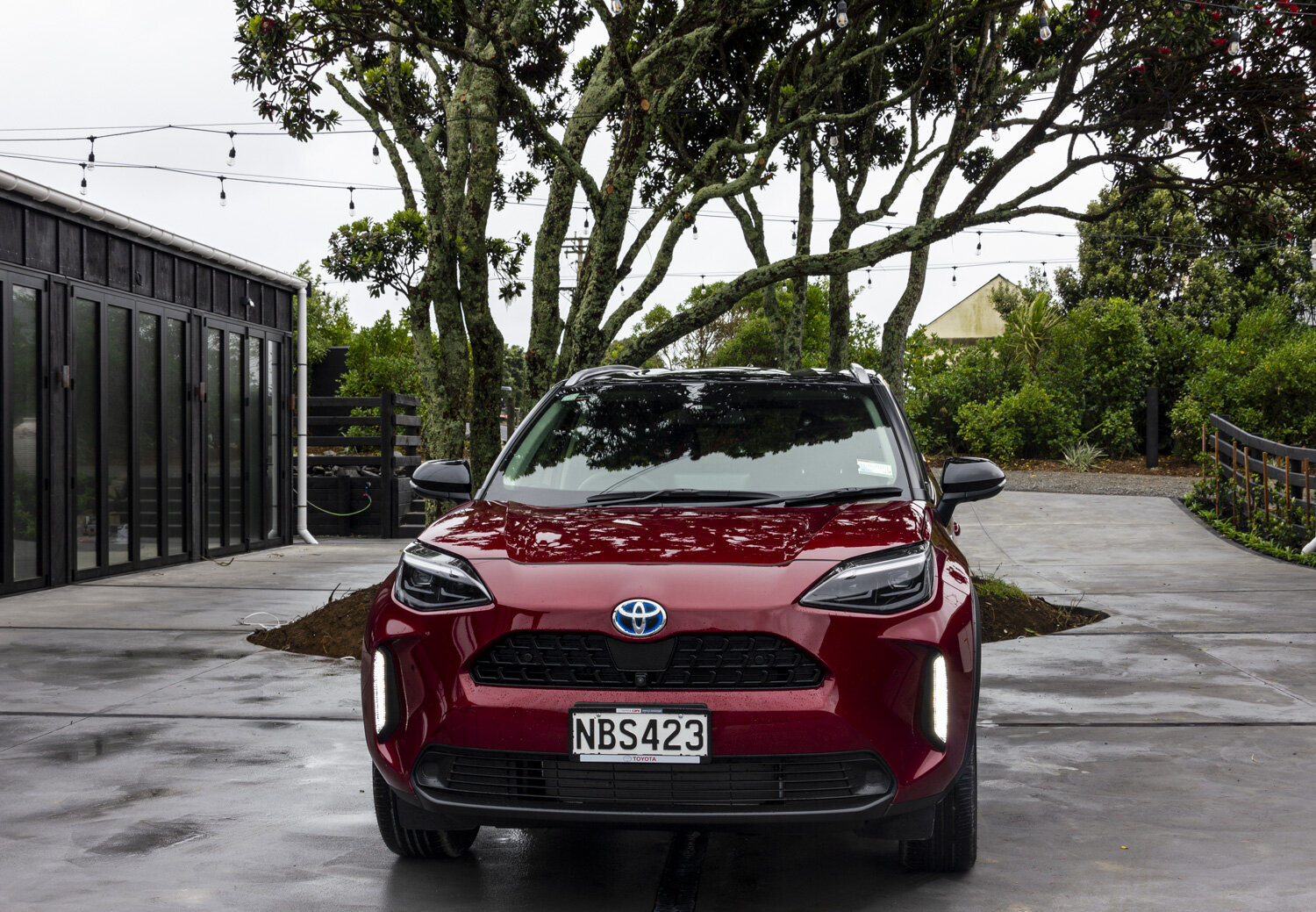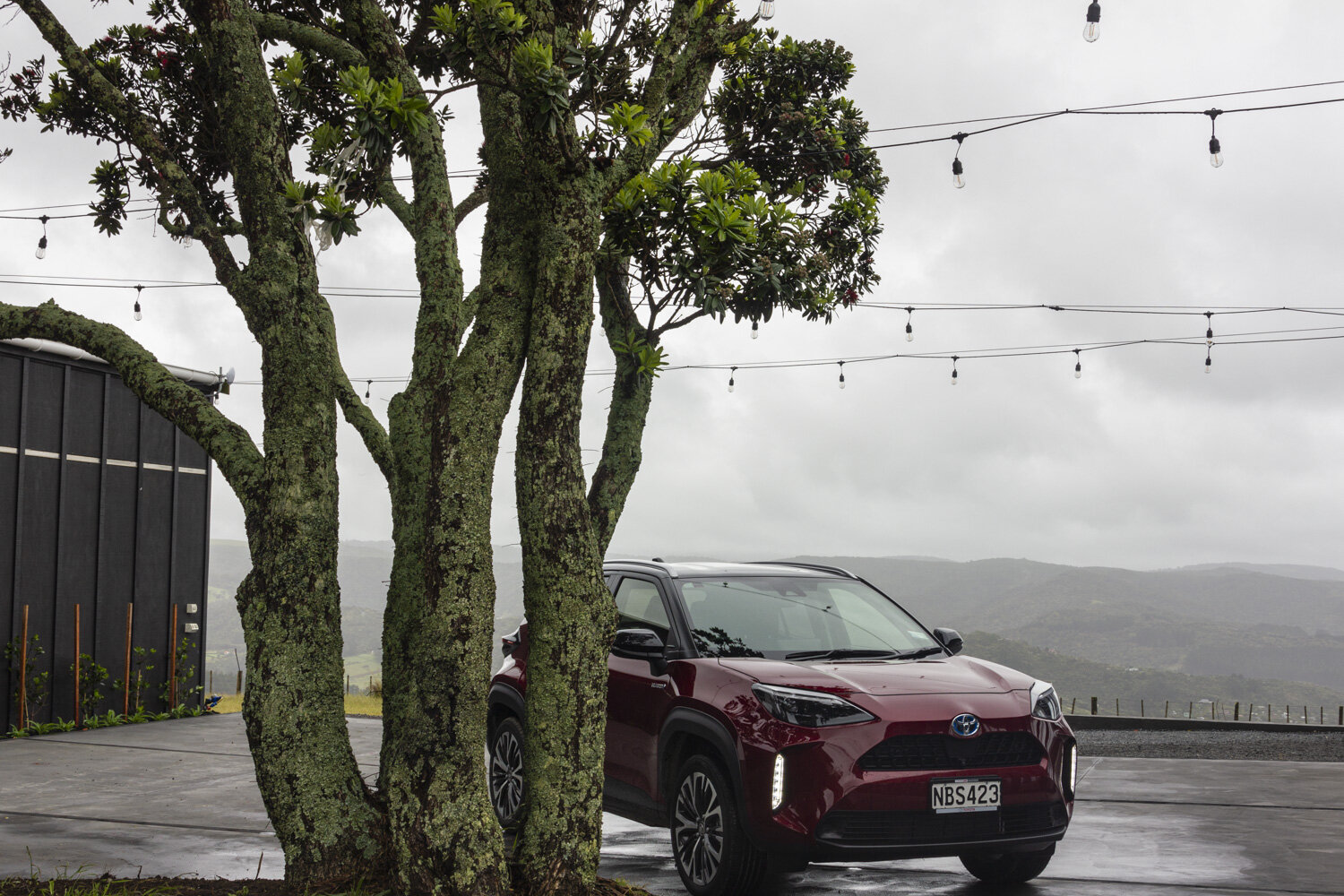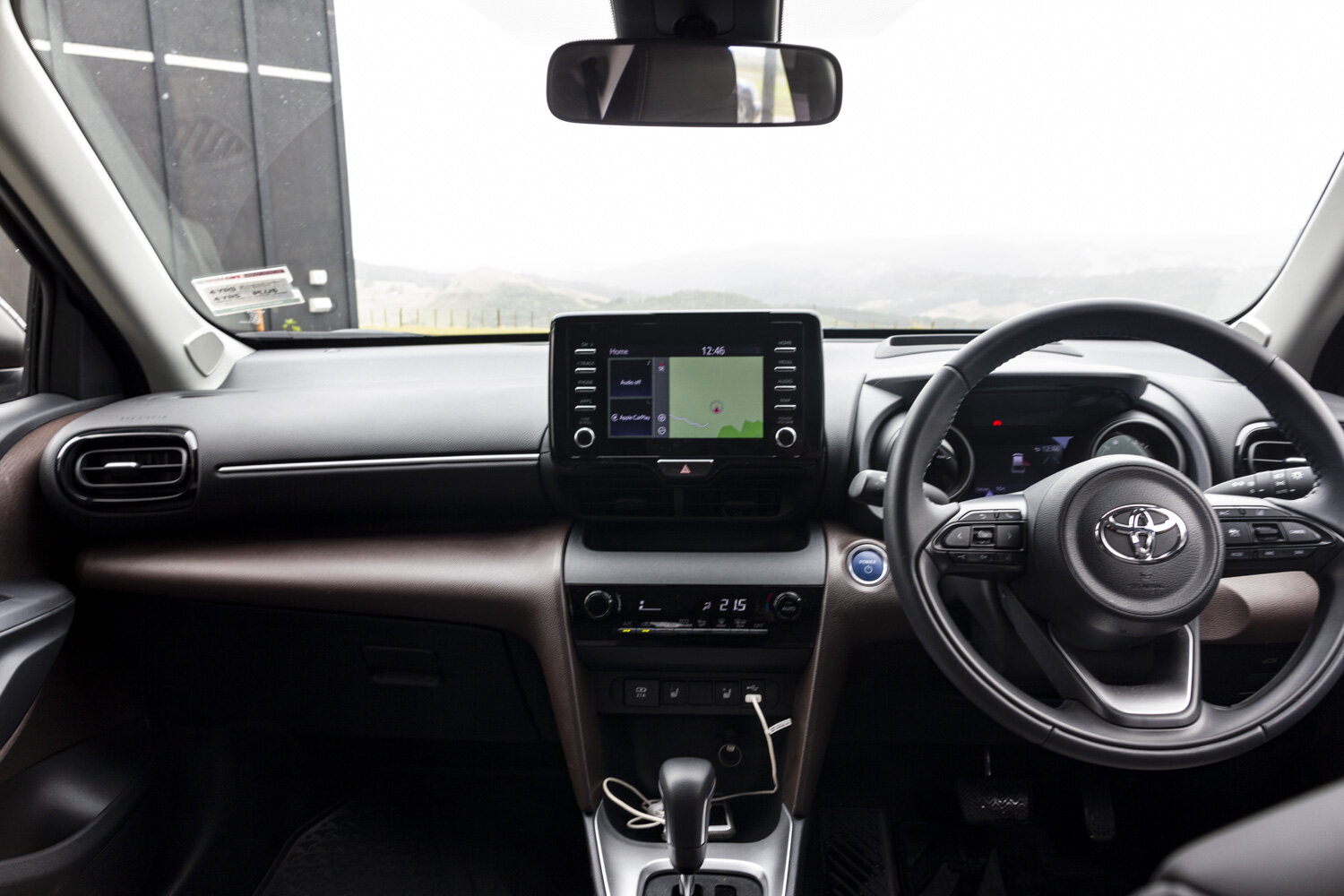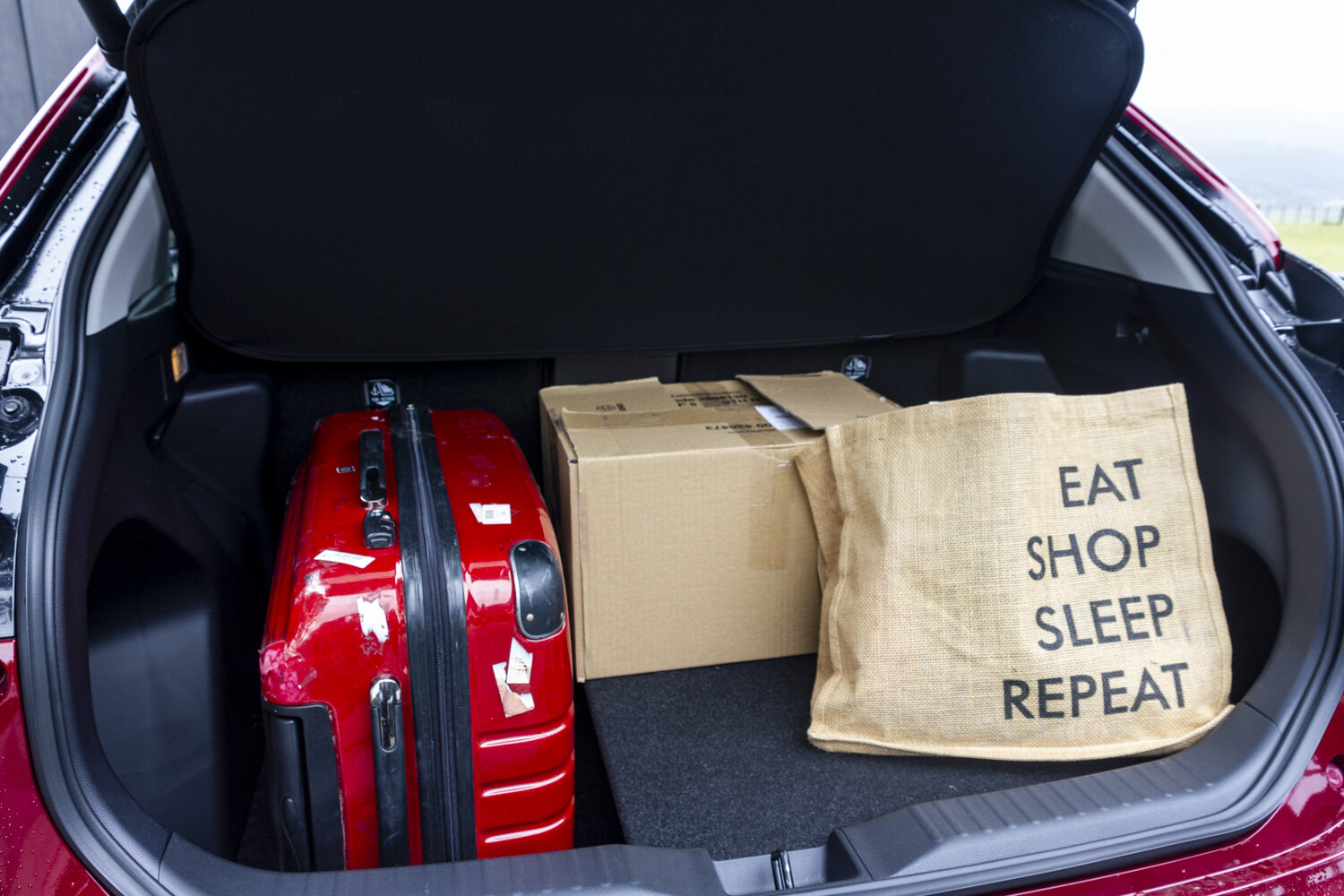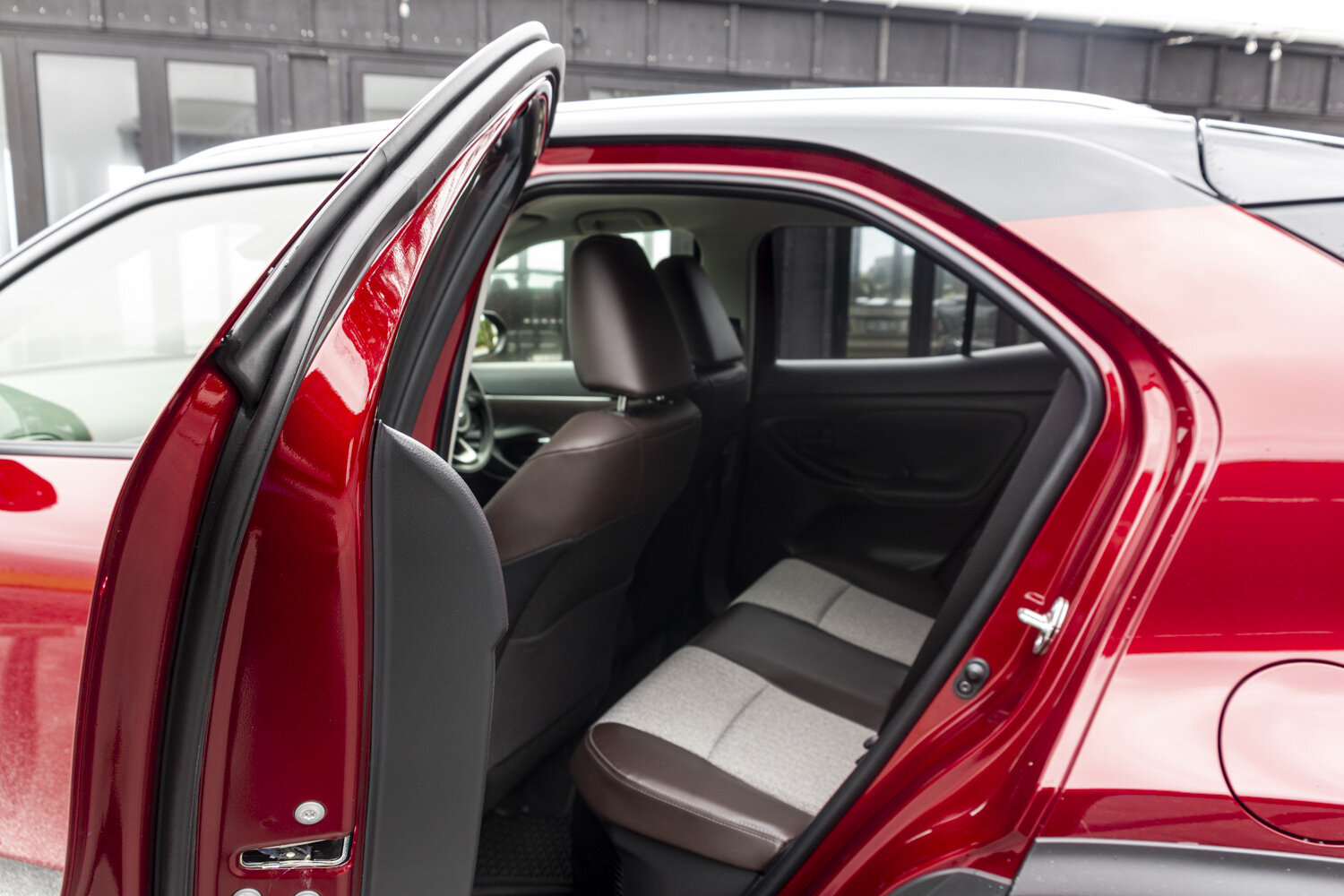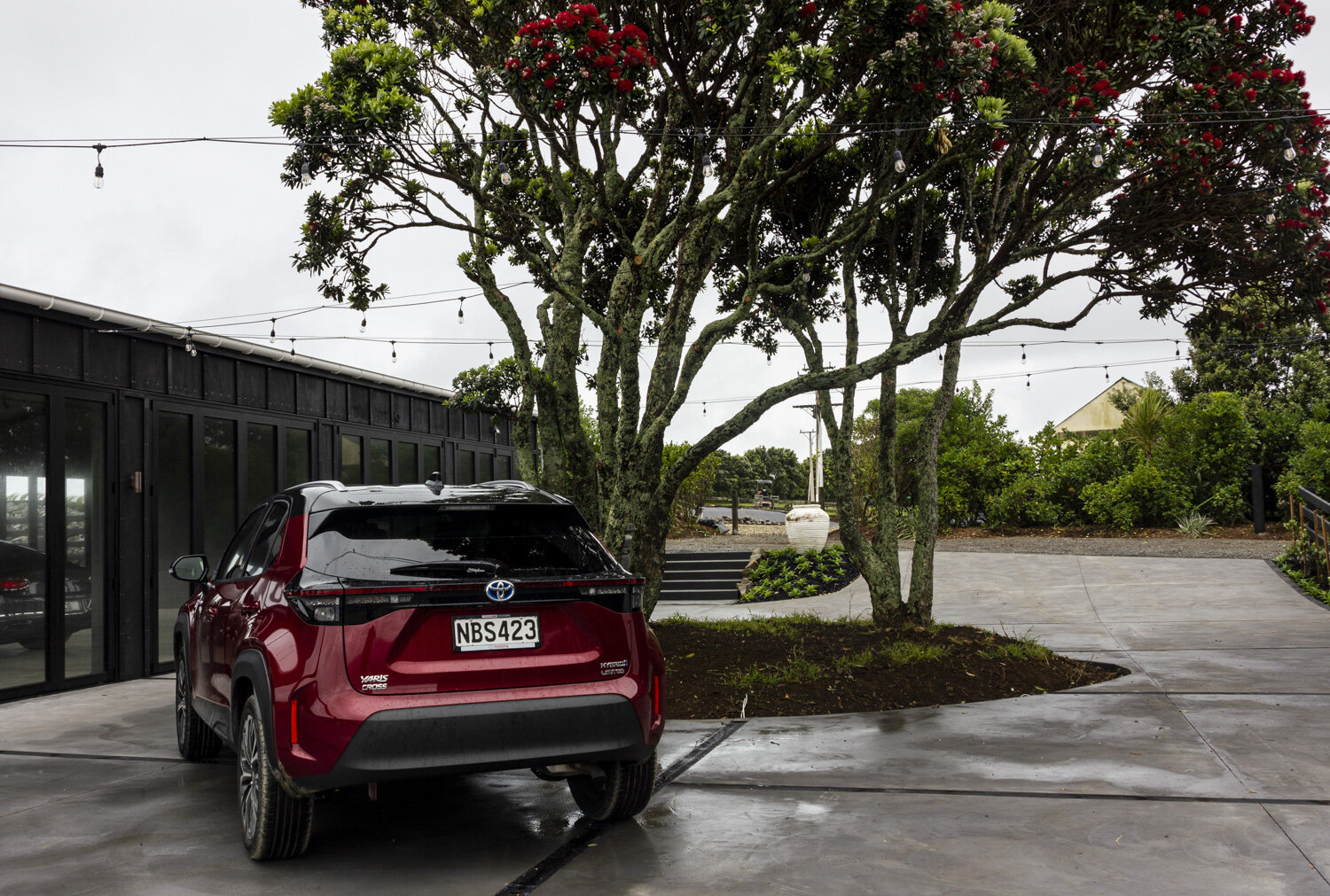Toyota enters the city SUV segment with the Yaris Cross
Priced from $29,990 GX petrol and up to $39,490 for the Limited two-tone hybrid, the crossover is based on the hatch
Hybrids are becoming the core business for Toyota New Zealand now; it started with the Prius, then highlighted with the RAV4’s waiting list of customers, wooing fans with the Yaris hatchback, but now comes the next big player for the brand, the Yaris Cross hybrid.
The Yaris Cross is the sister to the hatchback Yaris and sits on Toyota’s new GA-B vehicle platform, giving it a high level of body rigidity.
It’s also the baby of the Toyota SUV line-up, with the CH-R next, then the RAV4.
“The Yaris nameplate has always been a strong model for Toyota and will continue to strengthen our range,” says Toyota New Zealand Chief Executive Officer, Neeraj Lala.
“The hybrid options are likely to be sought after for their low carbon emissions and class-leading fuel efficiency.”
With a 2560mm wheelbase the Yaris Cross city SUV is 240mm longer than the hatch with 50mm added to the front overhang and 180mm at the rear. The greater body length has created more interior space. Ground clearance is 30mm greater and Yaris Cross is taller at 1590mm, 90mm more than the hatch.
Priced from $29,990 GX petrol, we had the Limited hybrid that costs $39,490 and the two-tone paint of ruby and ink.
The Limited has additional practicality with a smart key, powered rear door with ‘kick sensor’, making life easier at the supermarket carpark
The Limited also has 18-inch alloys, heated front seats with electric adjustment for the driver, and head-up display.
For the Yaris Cross and Yaris hatch, Toyota developed a new 1.5-litre three-cylinder Atkinson-cycle petrol engine and precision-engineered it to reduce friction and optimise combustion speed. Its peak output is 88kW and 145Nm of torque.
The hybrid variant uses an adaptation of the same 1.5L petrol engine and marries it with a new generation hybrid electric vehicle system. In addition to powerful, seamless driving, it achieves class-leading, the combined fuel consumption of 3.8L/100km. During our week-long test drive, we averaged 4.5l/100km but that was due to spending a lot of time on the motorway and using the accelerator to overtake, rather than stop-start city driving.
The Yaris Cross is front-wheel drive and has the 10-step Continuously Variable Transmissions (CVT) that takes a while to get use to, as it moves through the gears but it’s not the worse CVT we’ve driven, and sits quietly in top spot.
The hybrid Yaris Cross has combined fuel consumption of 3.8L/100km.
Though a compact SUV, the Yaris Cross does have towing ability and is rated for maximum braked capacity of 400kg for the hybrid.
The Yaris Cross is the first compact SUV from Toyota to utilise a 40/20/40 split rear seat and a 60/40 split adjustable deck board. The luggage capacity of 390 litres is exceptional for a compact SUV. Folding down the centre rear seat means even skis can be stowed comfortably in the Yaris Cross.
The car further benefits from the latest generation of the Toyota Safety Sense active safety systems and advanced driver assistance functions.
Standard in the Yaris Cross is a Pre-Collision System with autonomous emergency braking, Blind Spot Monitor, Lane Tracing Assist, All-Speed Dynamic Radar Cruise Control, eight airbags, and automatic high beam.
There are also two new safety features included in the Yaris Cross; Emergency Steering Assist and Crosswind Assist.
Emergency Steering Assist supports the driver when there is a possible collision risk with a pedestrian or obstacle in the car's lane of traffic and they must swerve to avoid an impact. The system provides additional steering torque to enhance vehicle stability and prevent the car from leaving its traffic lane.
Using the Vehicle’s Stability Control system, Crosswind Assist helps reduce lateral movement and unintended lane departure caused by a sudden crosswind.
Ground clearance is 30mm greater than the Yaris hatchback.
All Yaris Cross’ are equipped with a reversing camera featuring dynamic guidelines, while the Limited adds a Panoramic View Monitor and provides a surround view of the vehicle.
Parking Support Brake with front and rears sensors is also standard. This feature is capable of automatically controlling engine output and the brakes if it detects a possible collision with a vehicle or stationary object.
This makes the Yaris Cross one of the safest vehicles in its segment, and once you add the hybrid factor to it, you have a very desirable vehicle.
The cabin has a good layout and included Apple CarPlay.
City SUVs are designed for the city. The tall driving position helps drivers better read traffic congestion ahead, while extra ground clearance is helpful when negotiating speed bumps and roundabouts or climbing kerbs to squeeze into a tight parking spot – rather than heading off the beaten track
But what is it like to live with? It’s roomier than the Yaris hatch and I liked the higher driving position, plus there is more rear legroom but that still isn’t plentiful for taller passengers, even with the front seat at my short setting.
The interior felt luxurious with a simple lay out, while I thought the touchscreen infotainment monitor could have been integrated into the dash, rather than sit on top of it, but steering wheel controls were a added bonus, and helped when setting active cruise control.
I liked the practicality of it around town; parking was a breeze, the dual-level boot gave it extra points as you can fit bulkier items in it (see below).
The two-level boot was handy, and could easily fit luggage for a week away.
I liked the look of the Yaris Cross too, as it doesn’t have those tight angles that the CH-R has while the two tone paint work gives the impression of a taller vehicle.
It’s zippy to drive around the city and thanks to the 1.5-litre engine, great for overtaking on the motorway. It’s pretty much identical to the regular Yaris hatch in terms of its handling and road holding, but with added weight and a taller centre of gravity.
Toyota hybrids have four drive modes: Normal, EV, Eco and Power. When you first start your hybrid, the car defaults to the ‘Normal’ drive mode, which automatically manages the most efficient use of both the engine and the battery.
While bigger than the Yaris hatch, there is still limited rear legroom.
The hybrid engine it a doll around town, especially when we drove it in EV mode and followed on the advice on how to drive a hybrid.
The shift lever offers four positions: R (Reverse), N (neutral), B (engine braking) and D (drive). Around the city and on the motorway, I had it D then heading back from our photoshoot at Parihoa’s new garage and courtyard, I put it into B as a drove down a steep hill heading back into the city.
I expect that Toyota NZ will see a big take-up of the Yaris Cross hybrid as people look for a around town SUV that provides extremely economical driving with practical storage.
The look of the Yaris Cross is appealing, especially from the rear.

